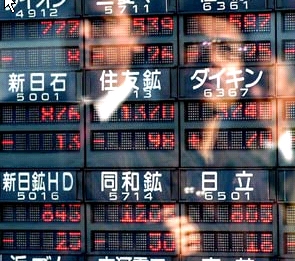Sam Pham, Investment Strategist at Tilney Smith & Williamson comments on the release of July UK GDP data.
What happened?
UK Monthly GDP inched only 0.1% in July, much lower than the expected 0.5% and the previous print of 1.0%. Consequently, the 3-month over 3-month rate was 3.6%, lower than June’s 4.8%. Contributing to the soft print was the services sector which remained flat over the month, after expanding 1.5% in June. Meanwhile, industrial production actually rebounded 1.2% in July, after dropping 0.7% in June.
What does it mean?
The slower 3m/3m GDP growth rate broke a 3-month rising streak as the boost from reopening businesses starts to fade. It is important to note that whilst the growth rate appears peaking, supply disruptions actually accelerated. European and US firms still find it hard to fill job openings, whilst global freight cost, tracked by the Freightos Baltic Index, have increased three times this year to more than $10,000 per 40-foot container. More persistent-than-expected inflation could eventually hamper growth, and lead to the so-called stagflation. We are watching this growth/inflation mix closely.
For now, we still like equities over bonds on earnings delivery and rising profit margin. We also recommend gold as a hedge to stagflation risks, as this asset benefits from lower real yields and higher inflation.
Sam Pham, Investment Strategist at Tilney Smith & Williamson comments on the release of July UK GDP data.
What happened?
UK Monthly GDP inched only 0.1% in July, much lower than the expected 0.5% and the previous print of 1.0%. Consequently, the 3-month over 3-month rate was 3.6%, lower than June’s 4.8%. Contributing to the soft print was the services sector which remained flat over the month, after expanding 1.5% in June. Meanwhile, industrial production actually rebounded 1.2% in July, after dropping 0.7% in June.
What does it mean?
The slower 3m/3m GDP growth rate broke a 3-month rising streak as the boost from reopening businesses starts to fade. It is important to note that whilst the growth rate appears peaking, supply disruptions actually accelerated. European and US firms still find it hard to fill job openings, whilst global freight cost, tracked by the Freightos Baltic Index, have increased three times this year to more than $10,000 per 40-foot container. More persistent-than-expected inflation could eventually hamper growth, and lead to the so-called stagflation. We are watching this growth/inflation mix closely.
For now, we still like equities over bonds on earnings delivery and rising profit margin. We also recommend gold as a hedge to stagflation risks, as this asset benefits from lower real yields and higher inflation.





